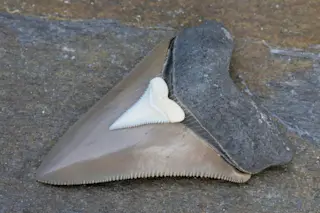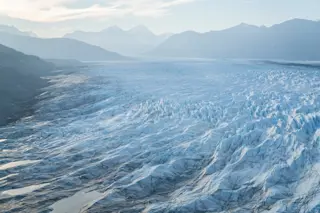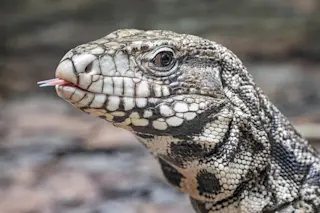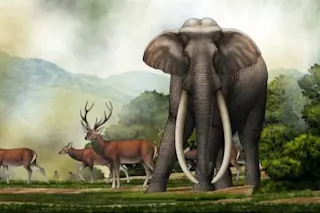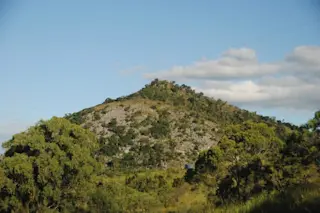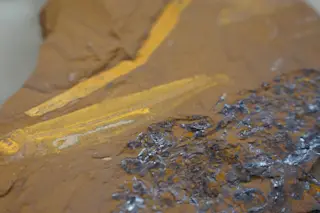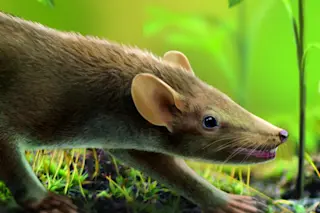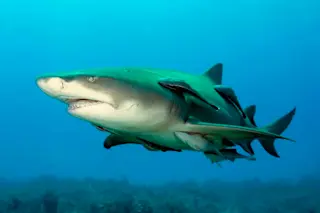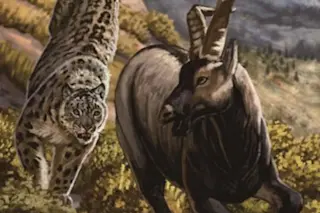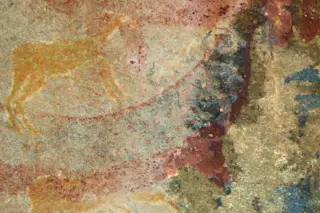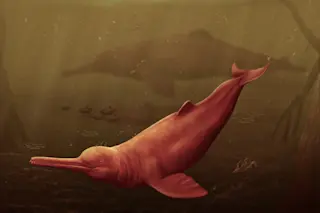You'd think that a flying pterosaur with a 6-foot wingspan wouldn't have to worry too much about getting eaten. Two recent fossils suggest otherwise.
Ed Yong at Not Exactly Rocket Science tells the perverse story behind this stunning fossil:
The Rhamphorhynchus [pterosaur] has a small fish lodged in its throat. It had just caught its prey and had started to swallow it. This animal was very much alive when Aspidorhynchus [a predatory fish] snagged it. But not for long – Rhamphorhynchus was probably pulled underwater and drowned. But the encounter was fatal for Aspidorhynchus too. Its skull wasn’t flexible enough to cope with large prey, and the pterosaur was too big and bulky for it to swallow. It probably couldn’t get rid of its victim either. The pterosaur’s left wing bones are distorted, while the rest of its skeleton is intact. [The study's authors] Frey and Tischlinger think that the ...


